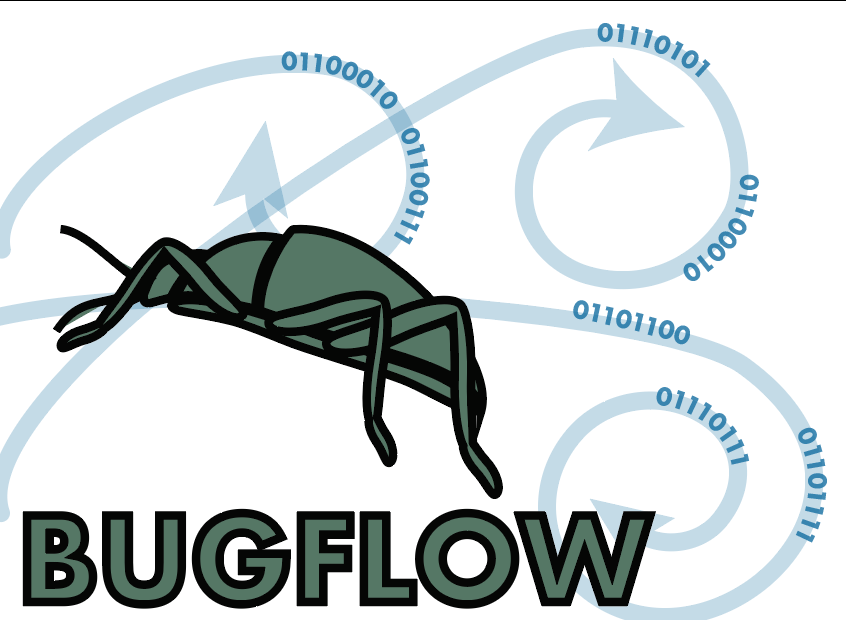Module 1A: Inventory and Taxonomy Update
Module Purpose:
This module outlines the process of assembling a species-level inventory and updating taxonomy for a collection prior to specimen-level digitization. In preparation for digitization, this module includes the process of recuration of the specimens and transfer to archival storage, accounting for specimen spacing and future growth of collection. Key pieces of data to be acquired by this workflow include: Current Species Name and Higher Classification, Specimen Count, Biogeographic Region, Storage Location, and Space Requirements.
Module Keywords:
Recuration; Precuration; Taxonomic Changes; Inventory
| TaskID | Task Name | Explanations and Comments | Resources |
|---|---|---|---|
| T1 | Select/prioritize material for immediate digitization. | Day-to-day decisions about which specimens/trays/drawers/vial racks/slide boxes to digitize should follow global policies and decisions made in M2A. | Institutional policy, project guidelines, active research criteria, etc. |
| T2 | Note specimen damage or conservation issues that need immediate attention. | Route to conservation workflow as necessary, based on institutional policy or curatorial practices. | Institutionally specific curation guidelines. |
| T3 | Inventory and Record taxonomy | count specimens, count unit trays, and number of type specimens. Record any special collections and relevant biogeographic regions. Regions may be different based on scope of collection | unit tray label maker, biogeographic region map, archival cardstock and printer, paper cutter |
| T4 | Update specimen taxonomy (and related authority files) as necessary. | This step may entail preparation and insertion of new specimen-level determination labels or new tray header labels. | Publicly accessible materials, Authoritative online materials (e.g. Plazi Treatment Bank Statistics, GBIF Species Name Matching Tool), Professional taxonomists, Catalogue of Life, Terrestrial Parasite Tracker parasite name lists. R-package taxonomy cleaning tools: Taxotools |
| T6 | Sort specimens by collecting event, geography, host, sex, etc. | Based on prioritization in T1. | |
| T7 | Physically reposition (re-tray) specimens for improved organization and spacing. | T6, T7, and T8 may be treated as a single, combined activity to minimize handling or depending on collection needs, these tasks may be completed upon digitization or specimen acquisition. Note: Ensuring spacing and positioning should also be included as a curational step during specimen accession. | Trays Drawers Computer Printer |
| T8 | Insert institutionally and/or globally unique identifiers for specimens, trays, and/or drawers. For previously processed type specimens, this step might include re-use of pre-existing type IDs. | The point at which unique identifiers are assigned and the identifiers placed on specimens varies by institution and is alternatively included within the imaging modules. Space availability in drawer or on pin and visibility of machine-readable identifiers are considerations. Options include: <li>linear, 1D barcodes inserted face up or face down as bottom label on pin</li><li>2D barcodes with machine-readable portion of label exposed</li><li>2D barcodes printed both sides</li><li>RFID pChip pins</li><li>RFID tags</li><li>human-readable alphanumeric tags</li> | Institution-standard unique identifier labels |
Essential Training:
Define metrics that can be measured to assess success of workflows using this module
Module Metrics, Costing, and Reporting:
Define metrics that can be measured to assess success of workflows using this module (reference specific TaskIDs).
Outreach Opportunities:
List outreach opportunities and that arise in workflows using this module (reference specific TaskIDs).
Exemplar Workflows:
Terrestrial Parasite Tracker: taxonomy cleaning tools & workflow.
Discussion:
No discussion yet. Open an issue and reference this module to start discussion.
